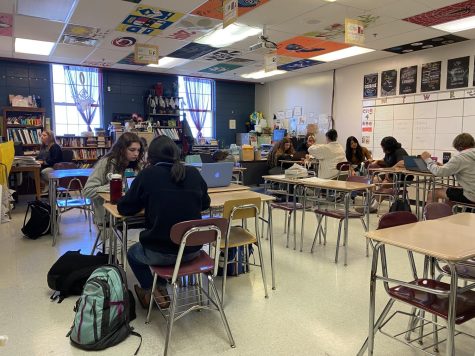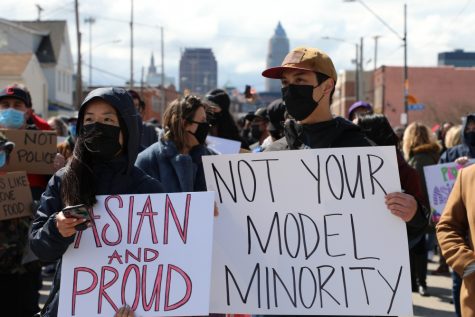Russian Invasion of Ukraine
March 18, 2022
The Russian invasion of Ukraine was the largest attack on a European State since World War II. Tension had been building for a couple of months, with hundreds of thousands of Russian troops at the border.
On February 21st, President Vladimir Putin gave an hour-long speech denying Ukrainian sovereignty, and acknowledging the independence of the Luhansk and Donetsk regions. Putin initially sent “peacekeeping operations” to the region. These regions have large numbers of Russian-backed, separatist movements, and border Russia. Many felt it was a violation of Ukrainian sovereignty, and a step towards full-scale invasion.
On February 24th, Putin launched a “special mission operation” into Ukraine, citing genocide against ethnic Russians. This full-scale invasion received global condemnation and has resulted in severe economic sanctions on the Russian economy.
This is not the first time Russia has invaded Ukraine. In 2014, Russia annexed Crimea, a peninsula in the Black Sea. Russia also recognized Luhansk and Donetsk as independent. This action was met with fierce opposition from the Ukrainian people. Russia-Ukraine relations have been strained ever since, especially with the declining Russian support and the deposition of former President Viktor Yanukovych.
Others claim the expansion of the North Atlantic Treaty Organization (NATO) to be the reason for the invasion. Within this century, NATO has expanded membership to include many states of the former Soviet Union. In 2008, decisions went forward that Ukraine should become a NATO member.
In January 2022, Ukrainian President Volodymyr Zelensky appealed to U.S. President Joe Biden over entry into NATO, as Russian troops were accumulating on the border. While the actualization of membership is debated, many cite this and the increased democratization of Ukraine as examples of the country’s westernization that threatens Putin.
The war was met with international opposition, with heavy economic sanctions from the U.S. and European allies. The Russian central bank was cut off from the SWIFT financial system on February 27th, restricting international trade and monetary transactions. The U.S. has revoked Russia’s “most favored nations status,” and banned exports from important sectors of the economy.
The invasion has resulted in a humanitarian crisis. On March 14th, the United Nations reported that there were over 3 million who had fled Ukraine, with UNICEF claiming over half of them were children. Millions more were left behind, including the elderly, disabled, and many without means to leave. The Russian military began to indiscriminately attack civilians, violating international law and constitutes a war crime. Additionally, as the attacks continue, access to resources, like food, water, and medical care, become extremely restricted.
As of March 16th, U.S. President, Joe Biden, plans to travel to Belgium for a NATO summit addressing the situation. Peace talks resumed on March 3, with Zelensky signifying that Russian demands have become “more realistic”. Despite this, the Russian military continues to attack civilian targets.











